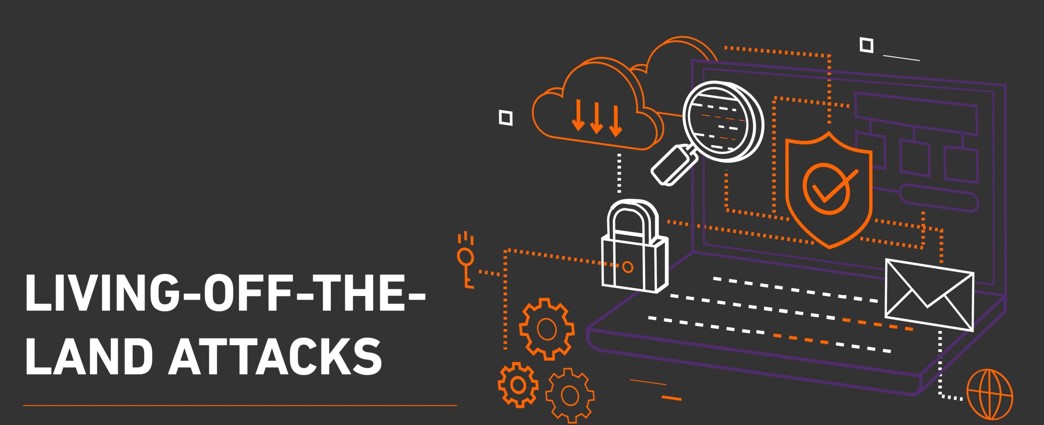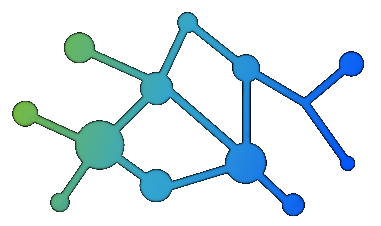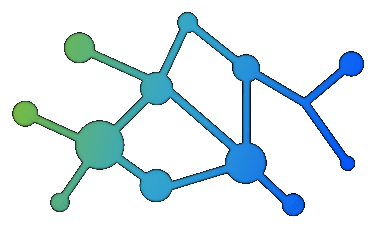Unveiling the Intriguing World of Cyber Actors Living Off the Land
June 9, 2023

In the realm of cybersecurity, the battle between defenders and attackers is ceaseless. Cybercriminals continuously devise new techniques and strategies to breach networks and systems. One such approach that has gained considerable attention in recent times is “living off the land.” This tactic refers to cyber actors leveraging existing tools and resources within a compromised network to carry out their malicious activities. In this blog post, we will delve into the concept of living off the land, explore its various aspects, and discuss the implications for cybersecurity professionals.
Understanding "Living Off the Land"
Living off the land, also known as “LoL” or “LotL,” is a strategy employed by cybercriminals to minimize their presence within a compromised environment and evade detection by security measures. Instead of relying on conspicuous malware or exotic hacking techniques, these attackers exploit legitimate tools, utilities, and processes that already exist on targeted systems. By leveraging trusted applications and system features, cyber actors effectively camouflage their malicious activities, making detection and attribution more challenging.
The Advantages of Living Off the Land
- Minimal Footprint: Since attackers utilize legitimate tools and processes already present on the target system, their activities blend in with normal operations, making it harder for security solutions to identify and flag them as suspicious.
- Evasion of Traditional Detection Mechanisms: By avoiding the use of conventional malware, cyber actors can evade signature-based antivirus software and other traditional security measures that primarily focus on identifying malicious code or known patterns.
- Reduced Risk of Discovery: Living off the land allows attackers to exploit software vulnerabilities, misconfigurations, and weak security practices without raising alarms. This method also limits the amount of potentially malicious code that needs to be delivered to the target environment, reducing the risk of detection.

Common Techniques Used
- Exploiting Trusted Applications: Attackers manipulate trusted tools, such as PowerShell, Windows Management Instrumentation (WMI), or Microsoft Office macros, to execute malicious commands and bypass security measures.
- Fileless Malware: Instead of leaving traces on the file system, fileless malware resides solely in memory, using scripting languages, such as PowerShell or JavaScript, to carry out malicious activities, leaving little to no evidence behind.
- Abuse of Built-in Utilities: Cybercriminals leverage legitimate system utilities, like Windows Remote Desktop Protocol (RDP) or PsExec, to gain unauthorized access, move laterally within a network, and escalate privileges.
Mitigation Strategies
- Strengthening User Awareness: Educating users about potential social engineering tactics, phishing attacks, and suspicious activities can help minimize the chances of attackers gaining a foothold in the first place.
- Continuous Monitoring and Anomaly Detection: Implementing robust monitoring solutions that track and analyze system behaviors can help identify unusual patterns or activities that may indicate living off the land techniques being employed.
- Applying the Principle of Least Privilege (PoLP): Limiting user privileges and network access can mitigate the potential impact of a successful attack, making it harder for attackers to move laterally or escalate privileges.
- Regular Patching and Configuration Management: Keeping systems up to date with the latest patches and security configurations can help prevent attackers from exploiting known vulnerabilities or misconfigurations.
As cyber threats continue to evolve, the concept of living off the land has emerged as a formidable strategy for cybercriminals. By exploiting trusted tools and utilities, attackers can maintain a low profile and maximize their chances of success. To combat this emerging threat, organizations must adopt a multi-layered defense approach that combines user awareness, robust monitoring solutions, access controls, and regular system maintenance. By staying informed about the latest techniques used by cyber actors living off the land, cybersecurity professionals can better protect their networks and systems from these stealthy adversaries.
Have Any Question?
Call or email Cocha. We can help with your cybersecurity needs!
- (281) 607-0616
- info@cochatechnology.com








